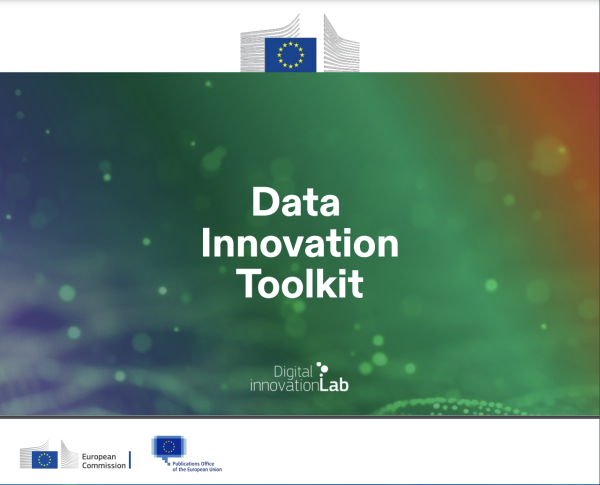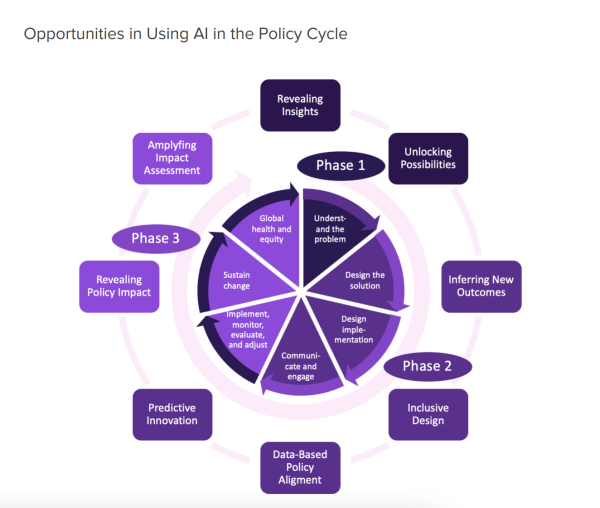Article by Jessica Hilburn: “This land was made for you and me, and so was the data collected with our taxpayer dollars. Open data is data that is accessible, shareable, and able to be used by anyone. While any person, company, or organization can create and publish open data, the federal and state governments are by far the largest providers of open data.
President Barack Obama codified the importance of government-created open data in his May 9, 2013, executive order as a part of the Open Government Initiative. This initiative was meant to “ensure the public trust and establish a system of transparency, public participation, and collaboration” in furtherance of strengthening democracy and increasing efficiency. The initiative also launched Project Open Data (since replaced by the Resources.data.gov platform), which documented best practices and offered tools so government agencies in every sector could open their data and contribute to the collective public good. As has been made readily apparent, the era of public good through open data is now under attack.
Immediately after his inauguration, President Donald Trump signed a slew of executive orders, many of which targeted diversity, equity, and inclusion (DEI) for removal in federal government operations. Unsurprisingly, a large number of federal datasets include information dealing with diverse populations, equitable services, and inclusion of marginalized groups. Other datasets deal with information on topics targeted by those with nefarious agendas—vaccination rates, HIV/AIDS, and global warming, just to name a few. In the wake of these executive orders, datasets and website pages with blacklisted topics, tags, or keywords suddenly disappeared—more than 8,000 of them. In addition, President Trump fired the National Archivist, and top National Archives and Records Administration officials are being ousted, putting the future of our collective history at enormous risk.
While it is common practice to archive websites and information in the transition between administrations, it is unprecedented for the incoming administration to cull data altogether. In response, unaffiliated organizations are ramping up efforts to separately archive data and information for future preservation and access. Web scrapers are being used to grab as much data as possible, but since this method is automated, data requiring a login or bot challenger (like a captcha) is left behind. The future information gap that researchers will be left to grapple with could be catastrophic for progress in crucial areas, including weather, natural disasters, and public health. Though there are efforts to put out the fire, such as the federal order to restore certain resources, the people’s library is burning. The losses will be permanently felt…Data is a weapon, whether we like it or not. Free and open access to information—about democracy, history, our communities, and even ourselves—is the foundation of library service. It is time for anyone who continues to claim that libraries are not political to wake up before it is too late. Are libraries still not political when the Pentagon barred library access for tens of thousands of American children attending Pentagon schools on military bases while they examined and removed supposed “radical indoctrination” books? Are libraries still not political when more than 1,000 unique titles are being targeted for censorship annually, and soft censorship through preemptive restriction to avoid controversy is surely occurring and impossible to track? It is time for librarians and library workers to embrace being political.
In a country where the federal government now denies that certain people even exist, claims that children are being indoctrinated because they are being taught the good and bad of our nation’s history, and rescinds support for the arts, humanities, museums, and libraries, there is no such thing as neutrality. When compassion and inclusion are labeled the enemy and the diversity created by our great American experiment is lambasted as a social ill, claiming that libraries are neutral or apolitical is not only incorrect, it’s complicit. To update the quote, information is the weapon in the war of ideas. Librarians are the stewards of information. We don’t want to be the Americans who protested in 1933 at the first Nazi book burnings and then, despite seeing the early warning signs of catastrophe, retreated into the isolation of their own concerns. The people’s library is on fire. We must react before all that is left of our profession is ash…(More)”.


